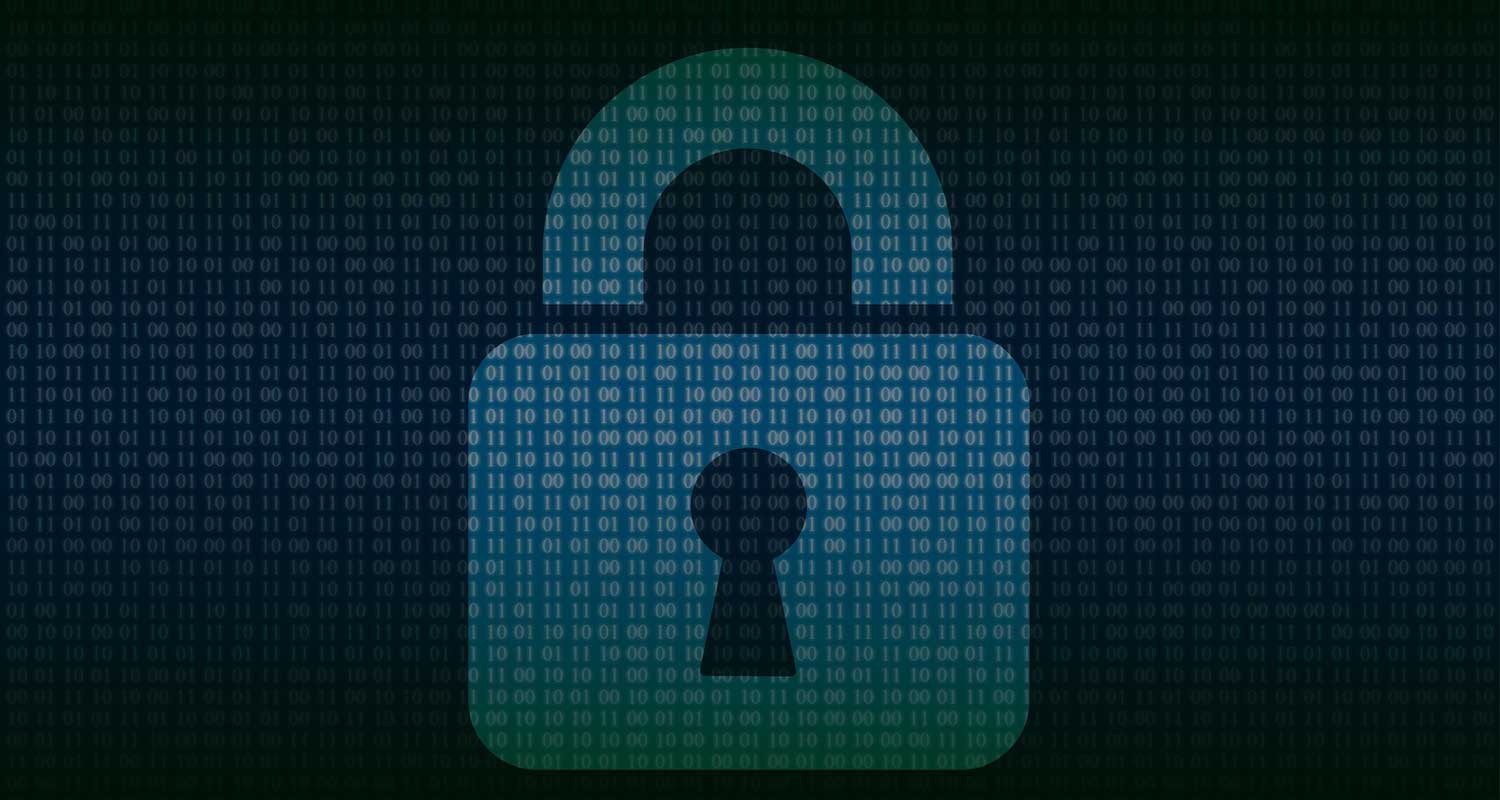 Whether it’s shifting regulation and workforce dynamics, intensifying board scrutiny, extortion-based threats, sprawling IoT landscapes or all of the above, security leaders contend with new challenges on a daily basis.
Whether it’s shifting regulation and workforce dynamics, intensifying board scrutiny, extortion-based threats, sprawling IoT landscapes or all of the above, security leaders contend with new challenges on a daily basis.
How can long-term planning happen in an environment like this? In our new e-book, Identity & Security Trends and Predictions: 2023 and Beyond, we’ve gathered insights from cybersecurity leaders, consulting and systems integration experts, and technology providers. As you build your strategy for the coming year, we share actionable steps surrounding each trend to fortify your security posture.
Trend #1: The new CISO leadership mandate
It’s now common for chief information security officers (CISOs) to be board members and regularly engage in C-level business discussions. But the technical background of a CISO can become a barrier to communication in this environment. Not surprisingly, disconnects emerge that affect the critical flow of resources and information.
To maximise impact, CISOs must evolve their communication style to bridge gaps, improve performance and even limit professional liability.
Rather than framing issues in terms of cybersecurity, a focus on the business outcomes of cybersecurity is what the C-suite and board members want to see. We show you how to make the shift.
Trend #2: Rapid uptake of cyber insurance
With an increase in frequency and sophistication of cyberattacks, damage to organisations can be enormous. Cyber insurance is gaining momentum as a means of protecting against this risk. However, vulnerable enterprises are noticing challenges with respect to insurance including cost, limited availability and more stringent security expectations from insurers to policyholders.
How is this affecting the ways companies approach identity and security? Can a strong identity and access management programme offset the increasing cost of cyber insurance premiums?
Trend #3: Machine identities and an all-out assault on APIs
Cybercriminals have quickly exploited the explosive growth of machine identities. Cyberattacks that misuse machine identities increased by 1 600% over the last five years. In particular, API insecurities abound and often represent the most exposed component of a network. To keep the progress towards Zero Trust moving forward, we share what needs to be done to address machine identity compromise.
Trend #4: Filling identity security gaps with IDR
Identity detection and response (IDR) describes a new enterprise cybersecurity method that can protect an organisation’s identity infrastructure and other IT systems. IDR uses identity-based risk to identify potentially malicious behaviour occurring within an enterprise and restrict or terminate the identities exhibiting that behaviour. IDR will provide the necessary identity risk context, access patterns and behaviour analysis in identifying a threat with high fidelity. By including identity-based risk signals, enterprises may boost discovery, inspection, analysis, incident management and threat remediation capabilities.
Trend #5: Advancing permission management with policy-based access controls
Policy-based access techniques such as RBAC and ABAC have been in use for years, but trends towards centralised policy management and governance expose the need to orchestrate policies within diverse tools. We highlight marketplace movement and emerging frameworks designed to address how policies and controls cascade into enforcement points.
 Trend #6: Planning for a post-quantum cryptography future
Trend #6: Planning for a post-quantum cryptography future
As quantum computing algorithms advance, encryption methods once considered unbreakable find themselves vulnerable. However, the new compute capabilities may also deliver promising benefits. What should enterprises do to prepare for this new paradigm in cybersecurity?
Trend #7: Shifting left
Enterprises are quickly realising the necessity of “shifting left” and introducing security measures earlier within the software supply chain, particularly as varied code, open-source software, data sets and cloud-infrastructure get put to use. Additional emphasis from the White House and other governments has moved this security philosophy further into the mainstream, forcing security leaders to reflect more proactive (vs reactive) security responses. How will this affect software supply chains in the future? Only time will tell.
Trend #8: Breakthroughs to normalise and unify threat data
Companies and other organisations all collect risk and threat data in different ways, making data and threat intelligence sharing complicated. Have we finally entered an age of organised, coordinated, collective defence with just the right amount of regulatory push? Or is this still years in the future?
From expanding threat landscapes to innovative new technologies that will keep organisations safer, the job of security leadership will only intensify in 2023. The unknowns will be a source of stress, but within the high-stakes work is an opportunity to make a meaningful difference.
Strengthen your security posture with Saviynt
Keep in mind that Saviynt is here for you. Our team of experts can help you put Saviynt’s industry-leading cloud solutions to work so you can govern every identity with precision.
Read the full report to learn our top strategies and recommendations for the year ahead.
About Saviynt
Saviynt’s Enterprise Identity Cloud helps modern enterprises scale cloud initiatives and solve the toughest security and compliance challenges in record time. The company brings together identity governance (IGA), granular application access, cloud security and privileged access to secure the entire business ecosystem and provide a frictionless user experience. For more information, please visit saviynt.com.
- This promoted content was paid for by the party concerned




